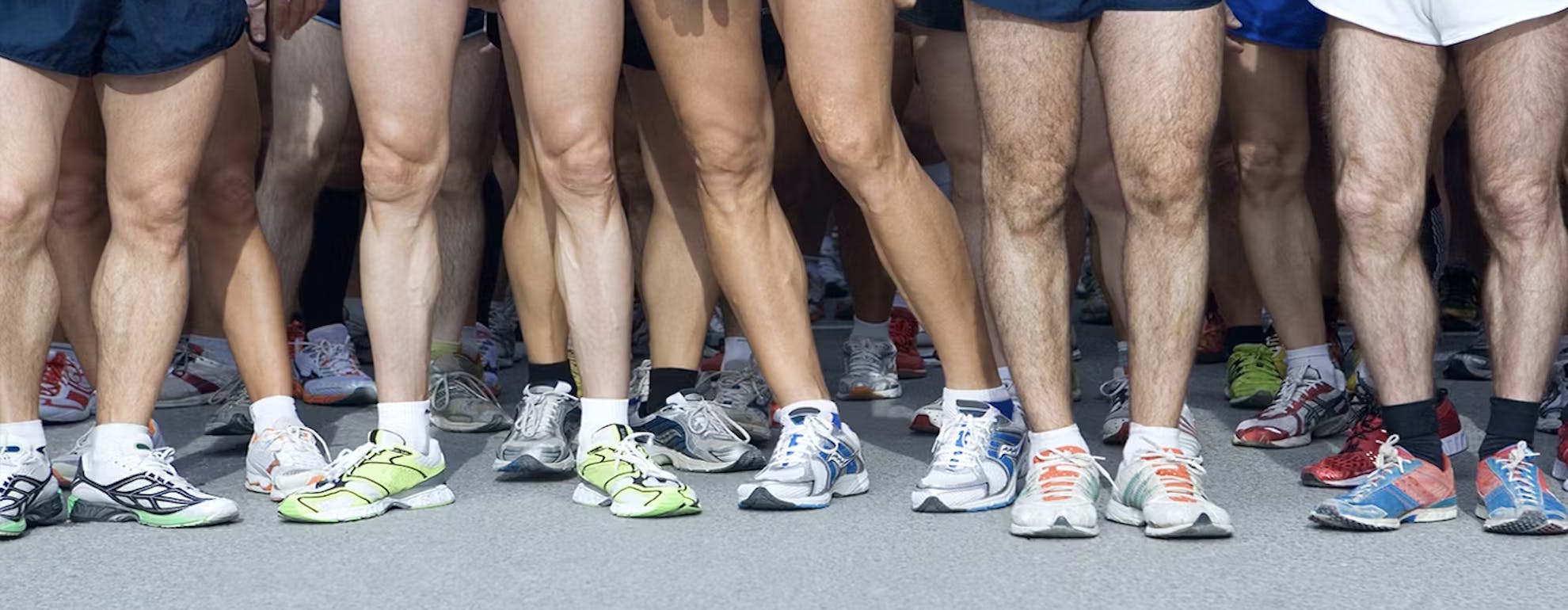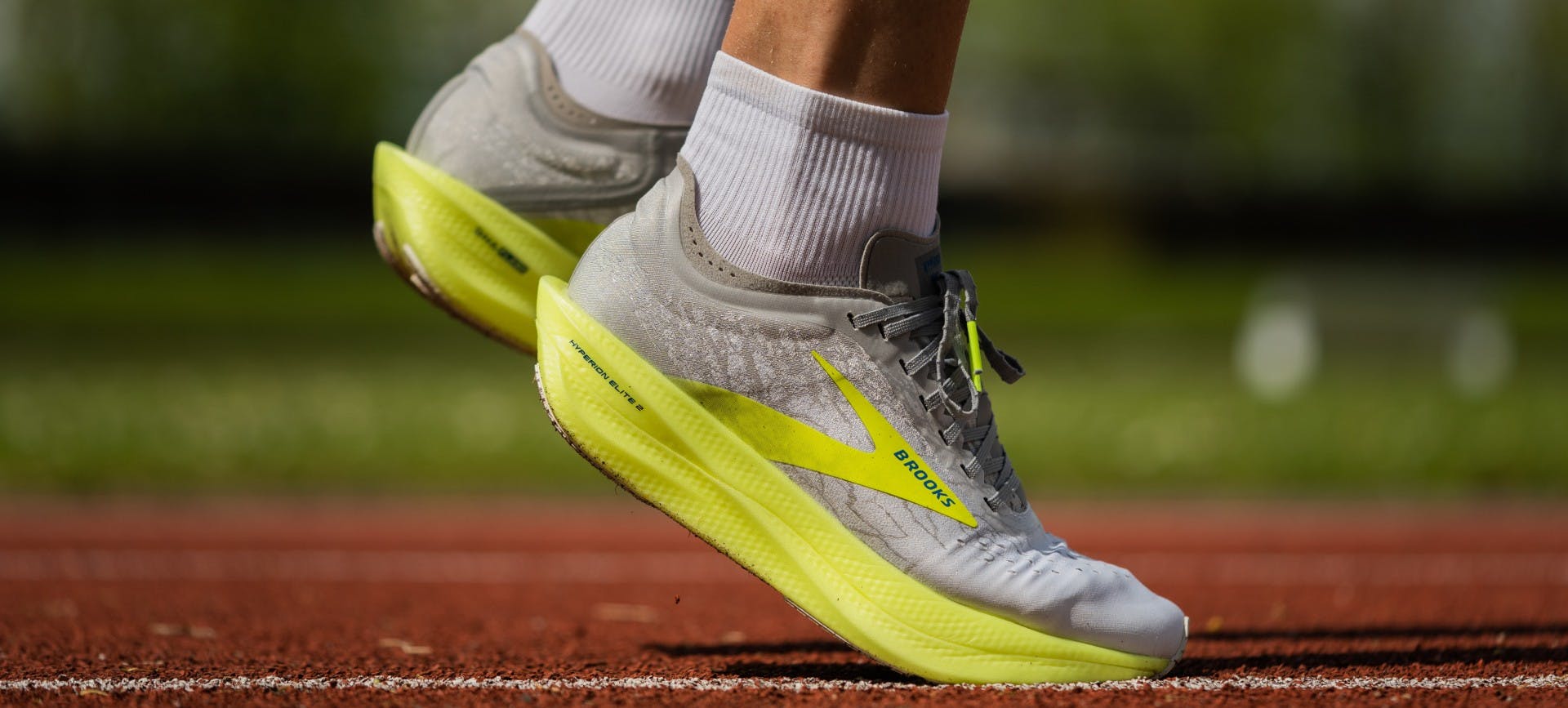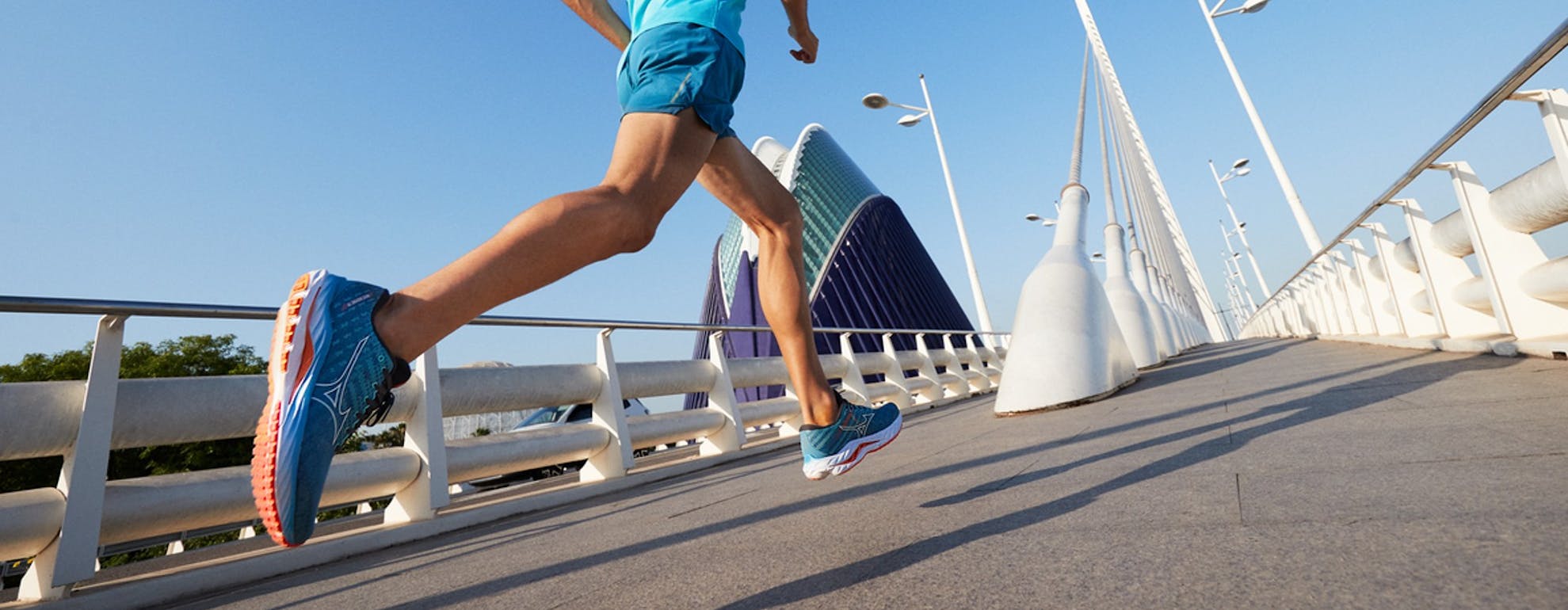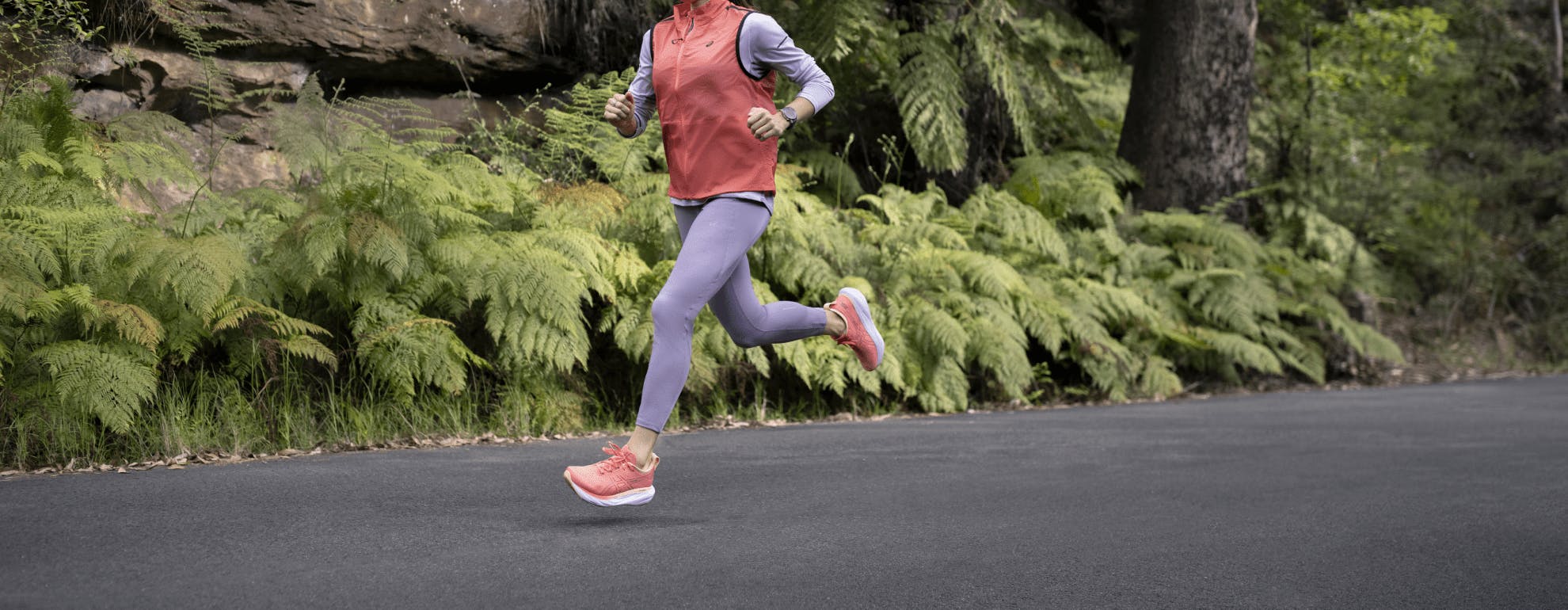
Kit & Gear
How to choose the right Running Shoe
There is no such thing as the best running shoe in the world, because everyone is different, everyone has different attributes and requirements as a runner. Unsurprisingly, there are too many individual variables to make the perfect shoe for everyone – no two runners are the same! Our video guide therefore offers some helpful running shoe advice, allowing you to make a more informed decision when choosing running shoes which are right for you.
ㅤ
To find out what type of runner you are you just need to do the simple wet test, and for this all you need is a bowl of water, a dark piece of paper (a brown or manila envelope is ideal) and your feet. Just dip the sole of your foot into the water, shake off any excess, then press your foot onto the paper/envelope as if you were walking over it. Match the imprint left behind to the symbols used below to find out what type of runner you are.
Once you know what shoe you need you can then look at our running shoe guides below which showcase some of the nations’ favourite running shoes due to both comfort and technological innovation.
ㅤ
You’re a neutral runner or an underpronator. Only 30% of runners fall into this category. If you’re a neutral runner, you’ll have an efficient running gait and you’re likely to have a normal arch. If you’re an underpronator, your foot doesn’t pronate (roll inwards) enough during the gait cycle. You’re likely to have a high, rigid arch. Both of these types require a cushioned shoe which won’t hinder the natural pronation of the foot.
ㅤ

ㅤ
You’re a mild to moderate overpronator. This means the arch will collapse through the gait cycle and the foot will roll inwards excessively. 60-80% of all runners overpronate, so don’ t worry if you are an overpronator – this is normal! Support shoes are characterised by additional support features on the inside of the shoe.
ㅤ
You’re a severe overpronator. This means the arch of your foot will collapse through the gait cycle and the foot will roll inwards severely. If you’re this type of runner, you’re likely to have a flat arch. Only 10% of runners need this type of shoe. Motion control shoes are particularly suited to heavier runners who need more support and cushioning. Motion control shoes are characterised by built in support on the inside of the shoe and tend to have wide soles for additional stability.
ㅤ
Interested in the latest shoes, apparel and technology? Then head over to our Kit & Gear category for more reviews, tips, advice and product releases.
Welcome
Welcome to SportsShoes Kit & Gear Hub! Here you'll find all the information and advice you need about the very latest kit, technology and gear.
Read More
Share this
Featured articles
View All


